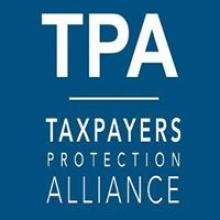Crazy Talk Rears Its Head Again - Community Broadband Bits Podcast 377

Hey, Community Broadband Bits fans, it's time for Crazy Talk again! This time, our Communications Specialist Jess Del Fiacco joins Christopher and I to address recent insanity attacking municipal networks.
"What IS Crazy Talk," you say?
Every once in awhile, anti-municipal network initiatives get wind of particular projects in local communities and make extra efforts to spread misinformation. They usually rely on the same tired old talking points and refer to the same incorrect data from old reports that have been called out for inaccuracies.
This time is no different. Lately, the community of Lakeland, Florida, has discussed the possibility of building off their existing fiber optic infrastructure in order to offer services to residents. Reliably, anti-municipal soundbites have appeared in the local press which quote past research that we showed as based on faulty data. Nevertheless, a corrected version of the report was never published and it continues to be quoted in order to sway public opinion against local efforts to improve connectivity.
We also discuss other recent crazy publications that try to show local networks that residents love as outliers. In reality, a majority of the 500+ communities served by publicly owned networks get high marks from locals.
Jess, Christopher, and I also review a new report that attacks the positive economic development potential of municipal networks. All in all, it appears to be another report that's based on inaccurate data in order to paint municipal networks in a negative light. Junk in, junk out.
Be sure to check out the Community Fiber Fallacies page, where you can pick up tips on addressing the most common negative attacks on community network projects.
This show is 38 minutes long and can be played on this page or via Apple Podcasts or the tool of your choice using this feed.
Transcript below.
We want your feedback and suggestions for the show-please e-mail us or leave a comment below.
Listen to other episodes here or view all episodes in our index. See other podcasts from the Institute for Local Self-Reliance here.
Thanks to Arne Huseby for the music. The song is Warm Duck Shuffle and is licensed under a Creative Commons Attribution (3.0) license.


